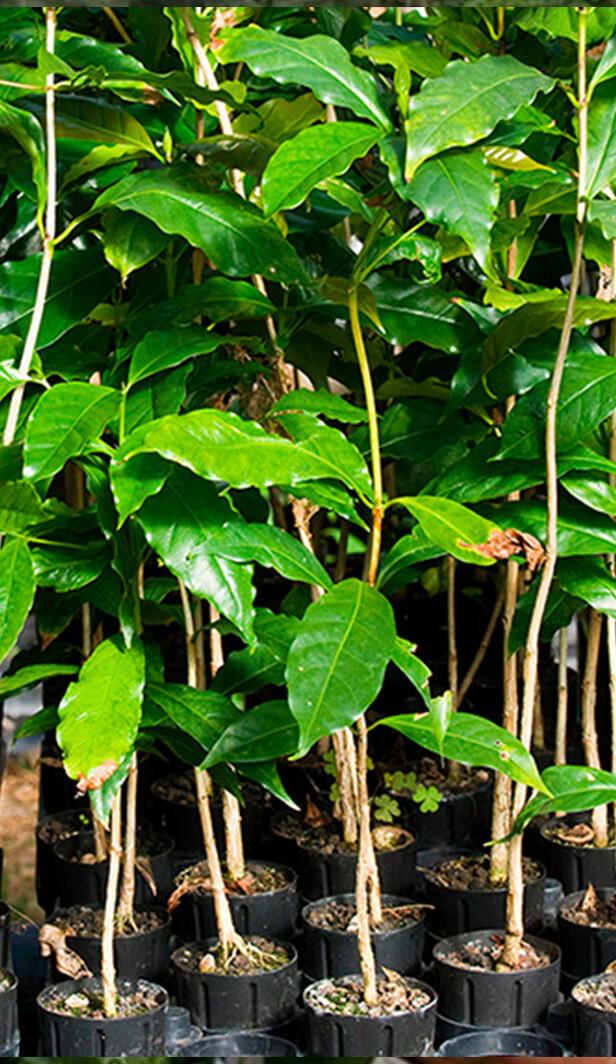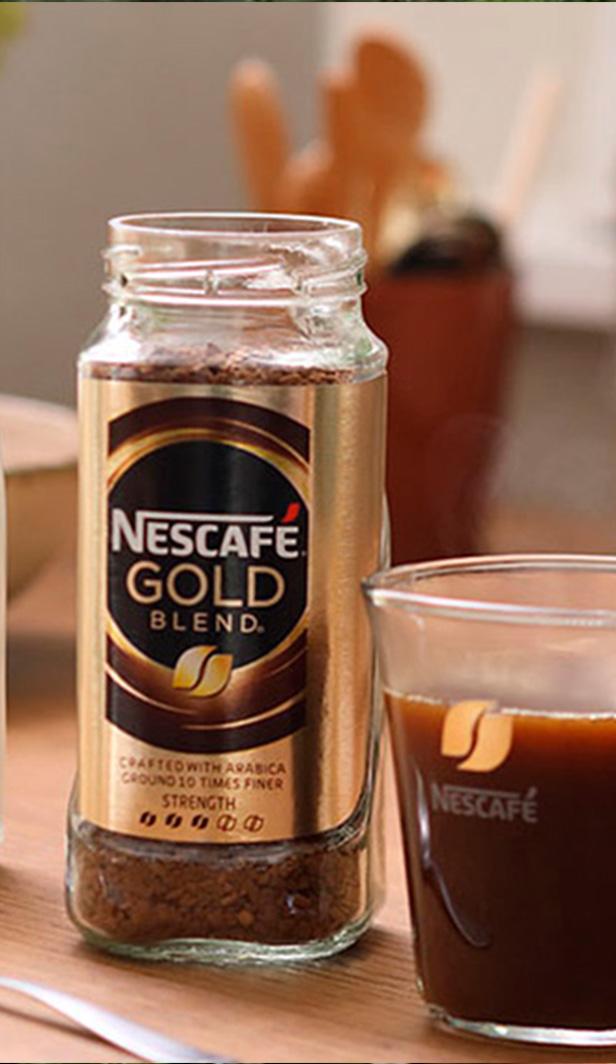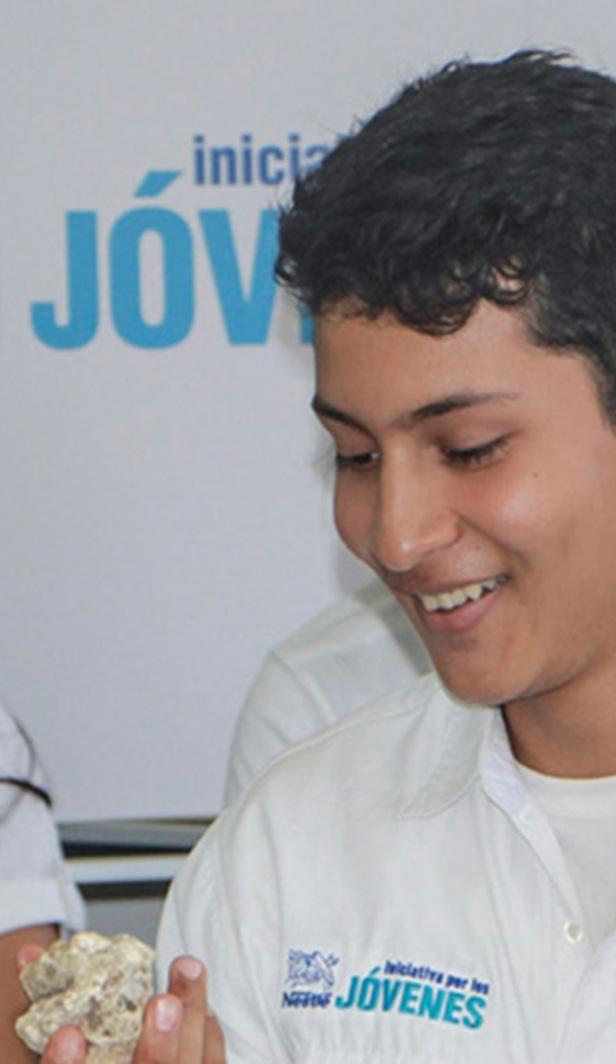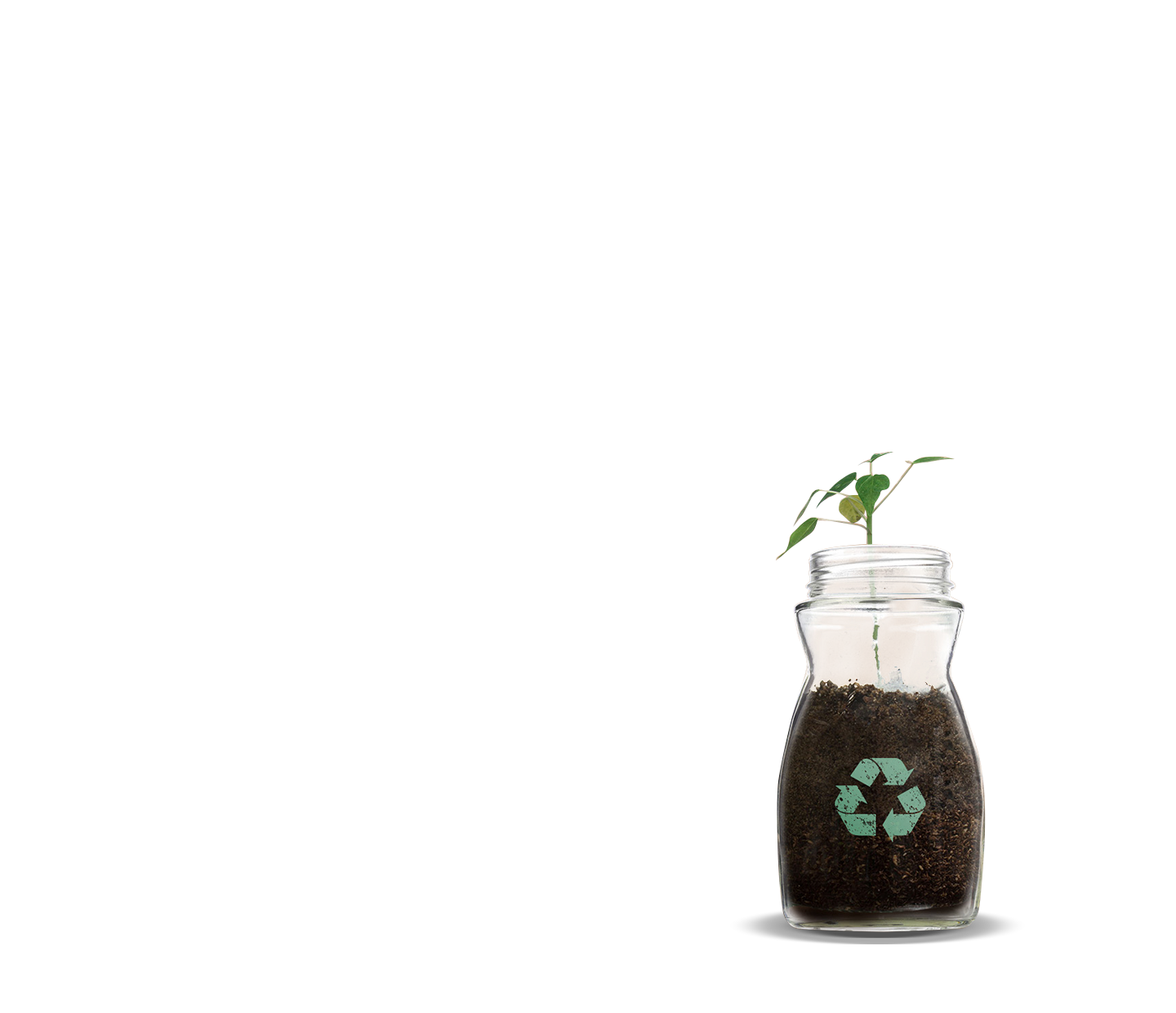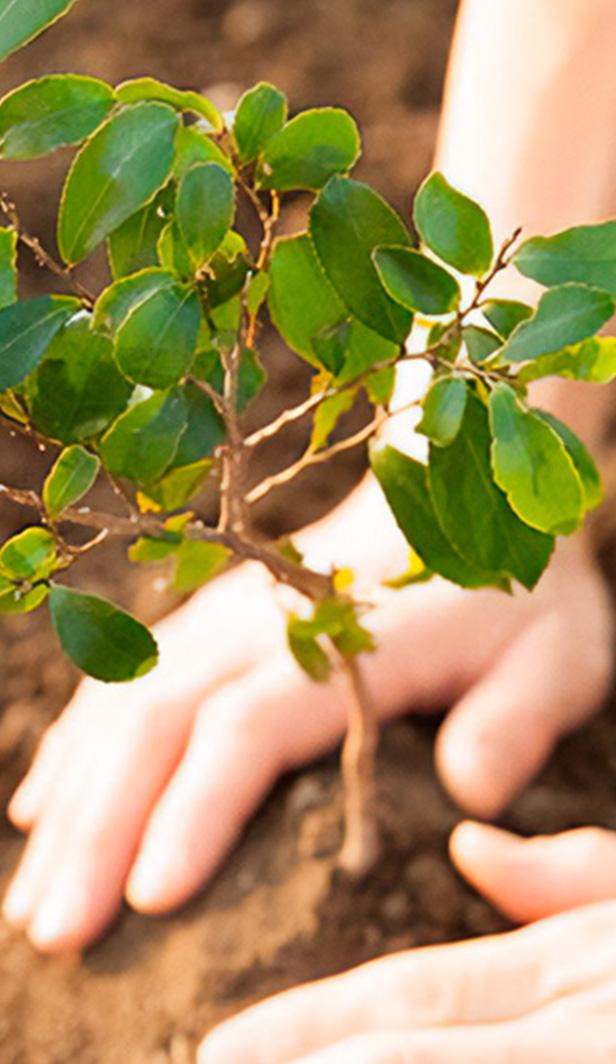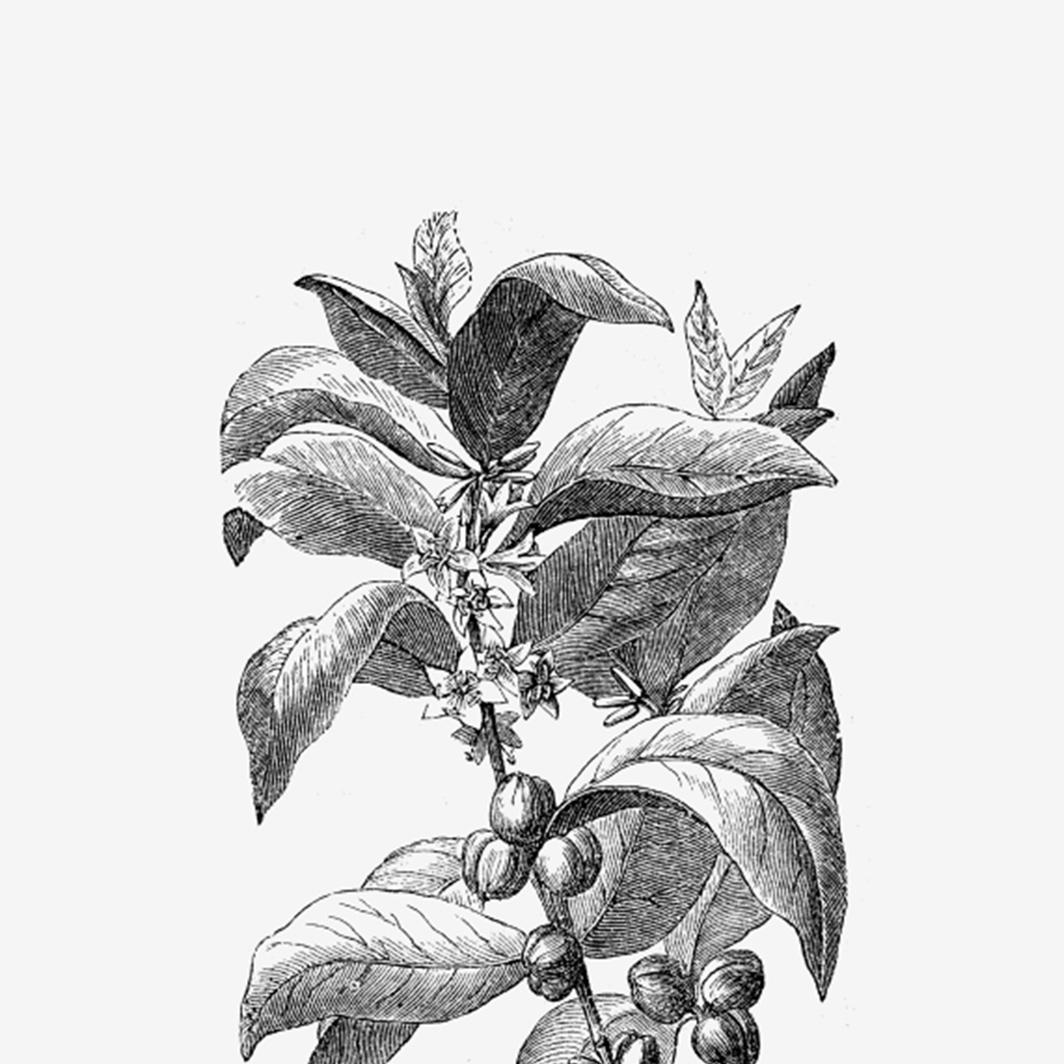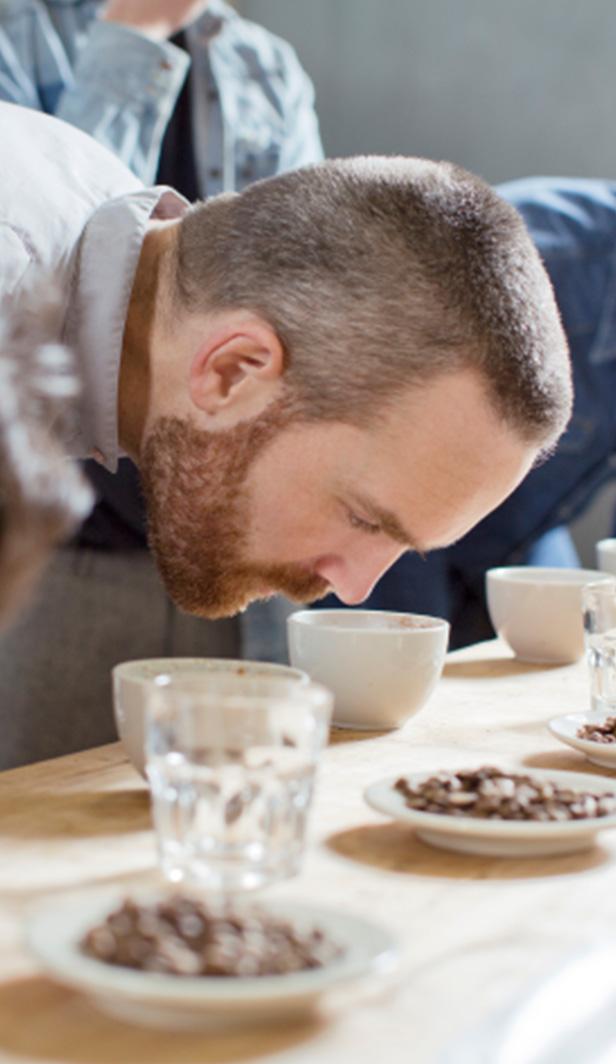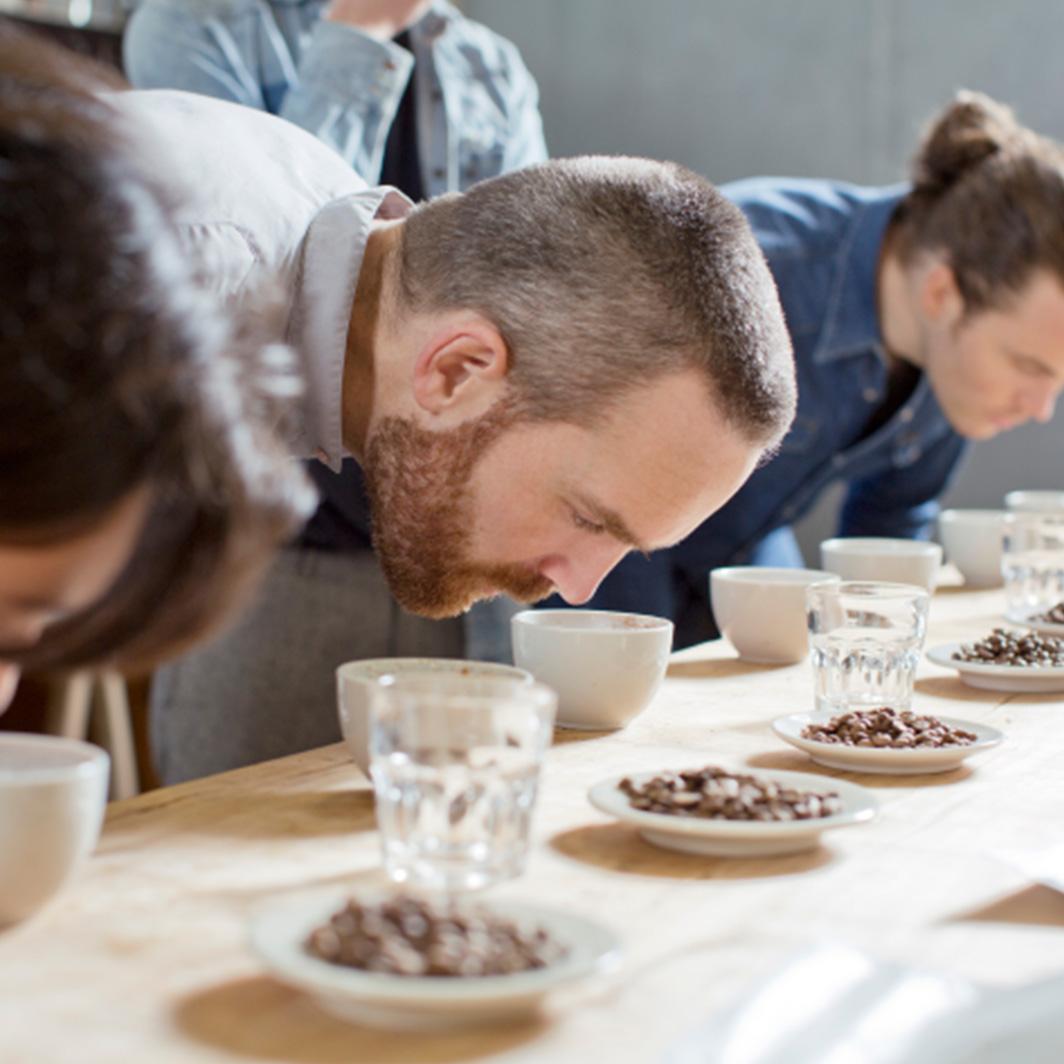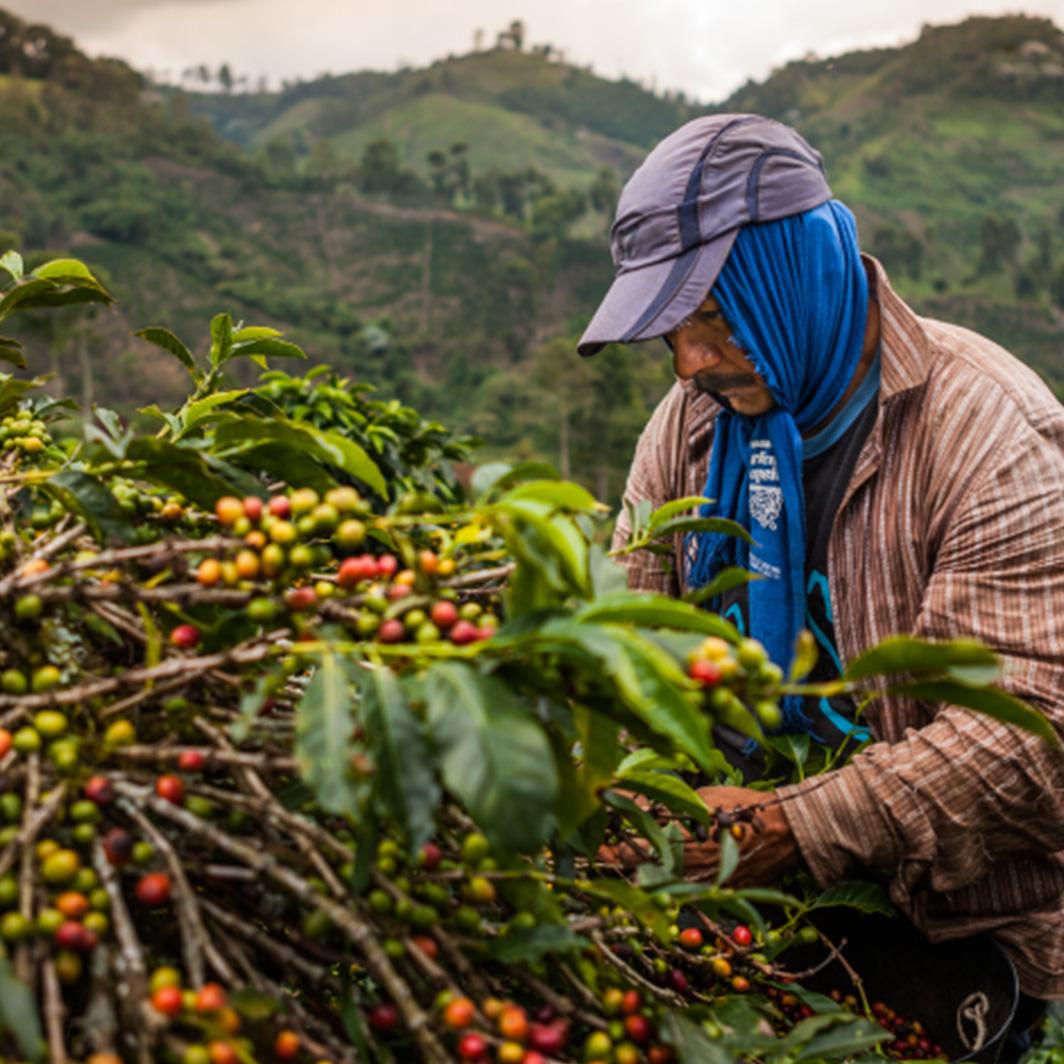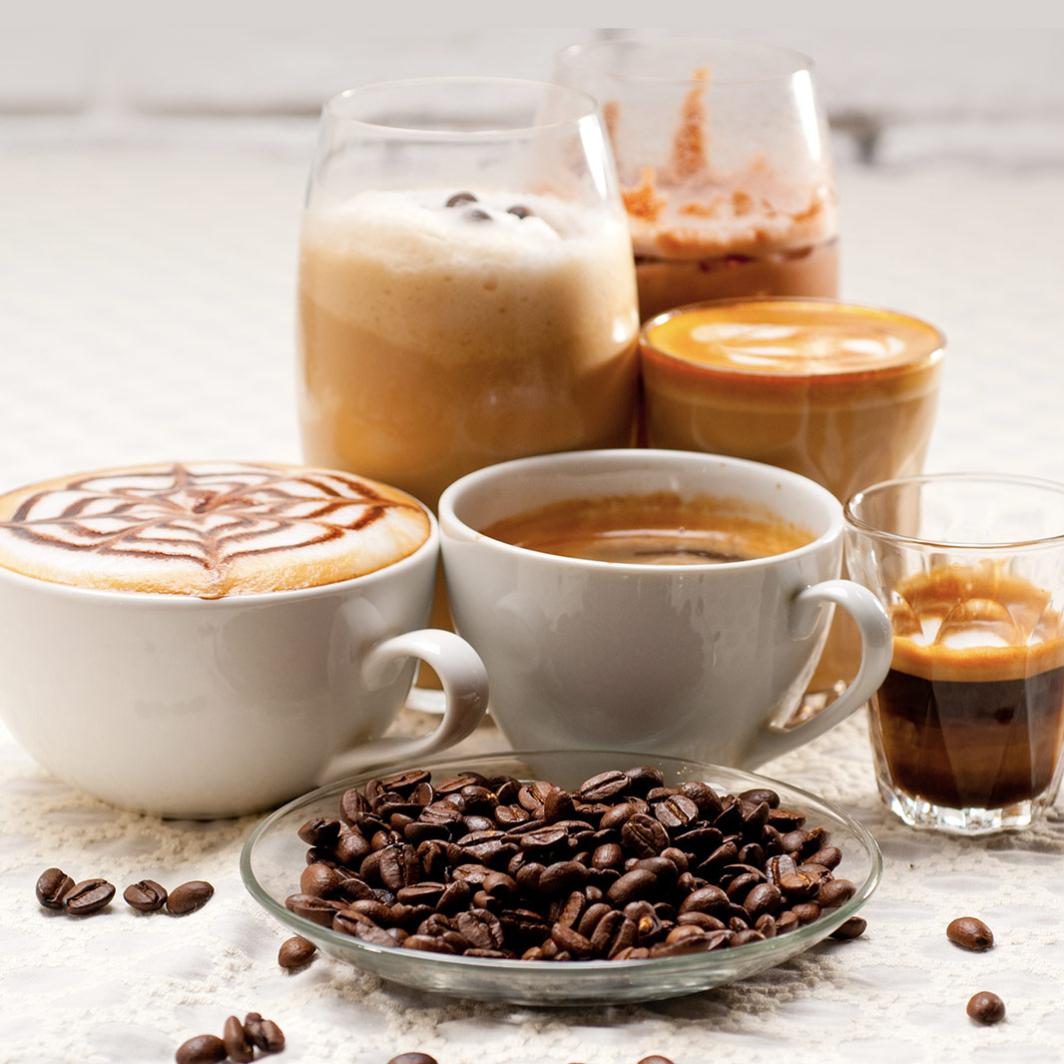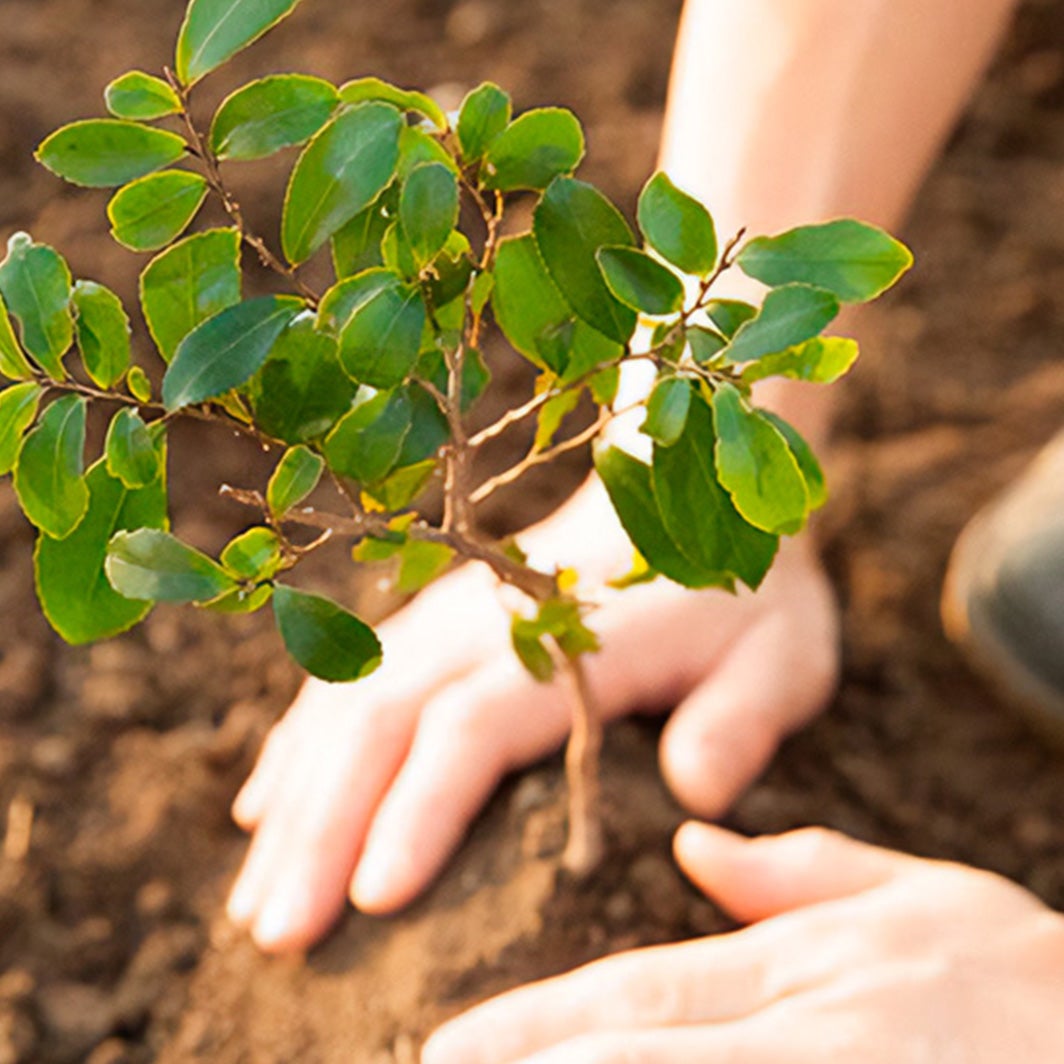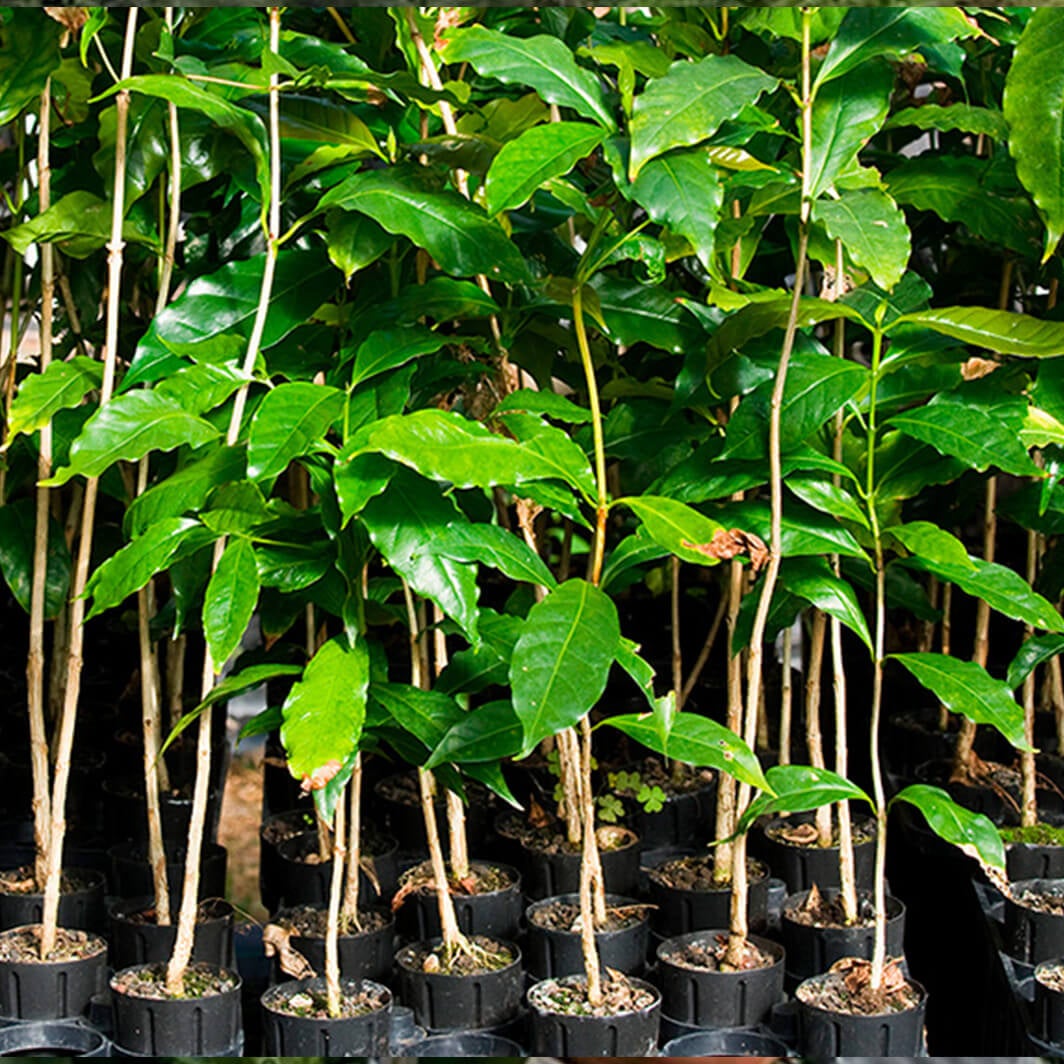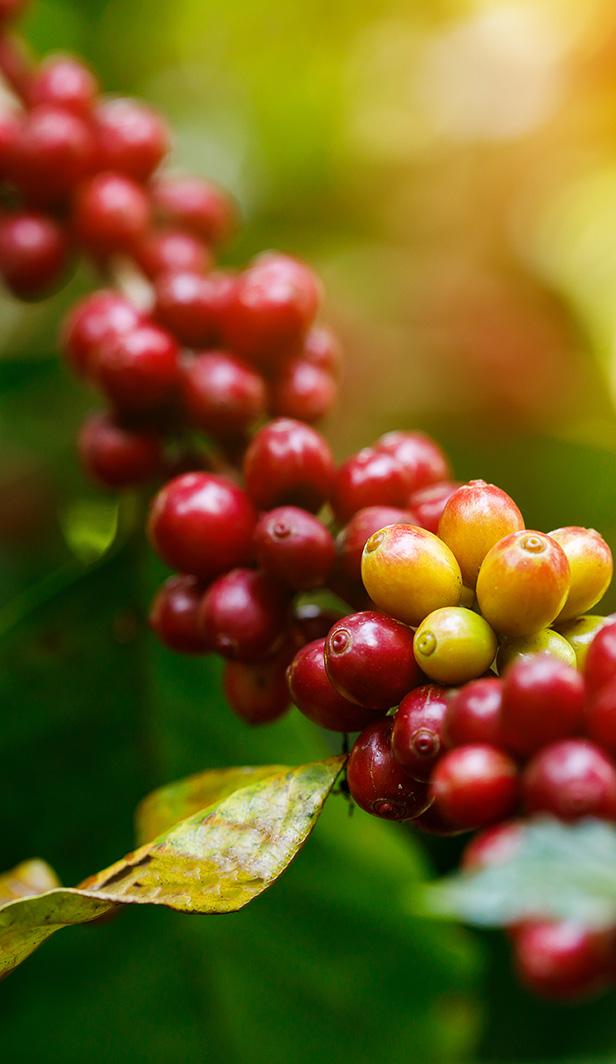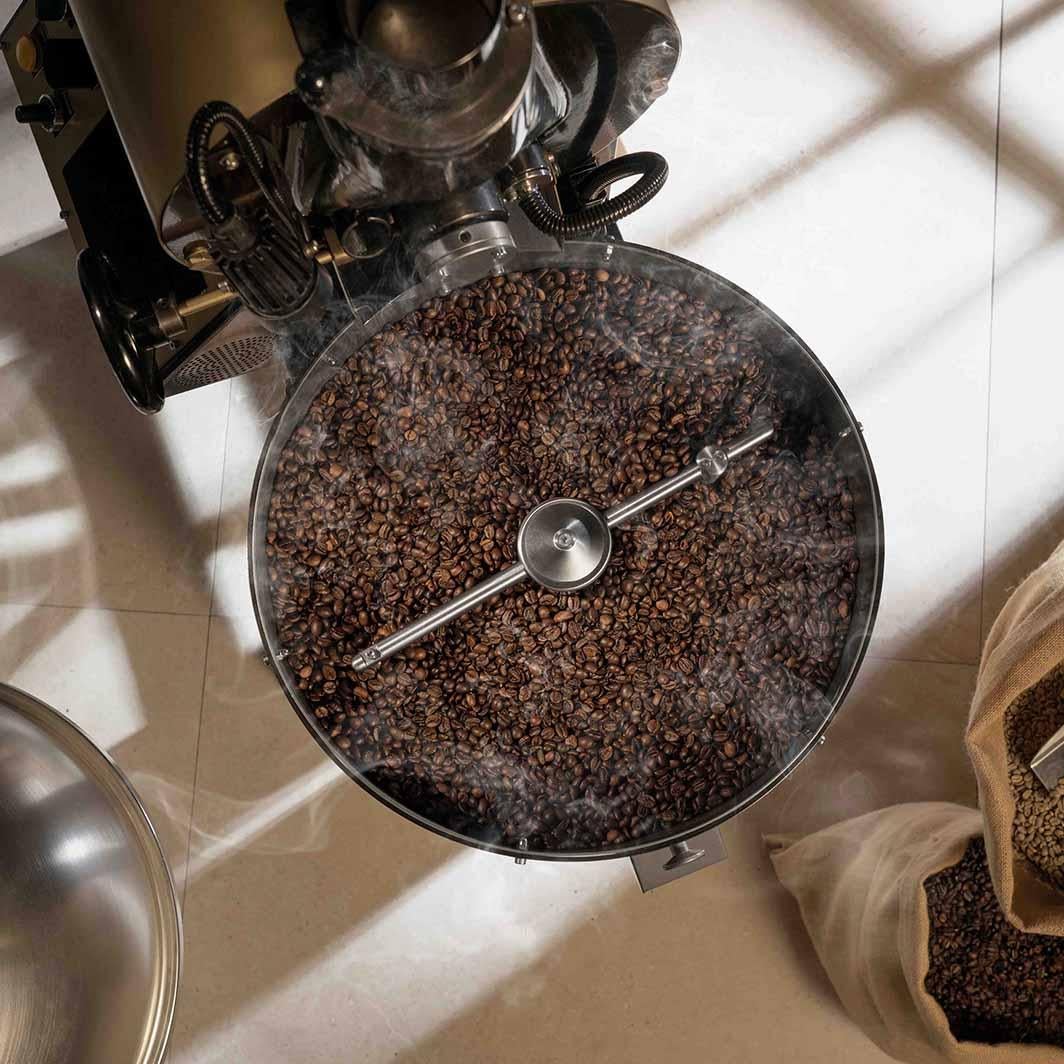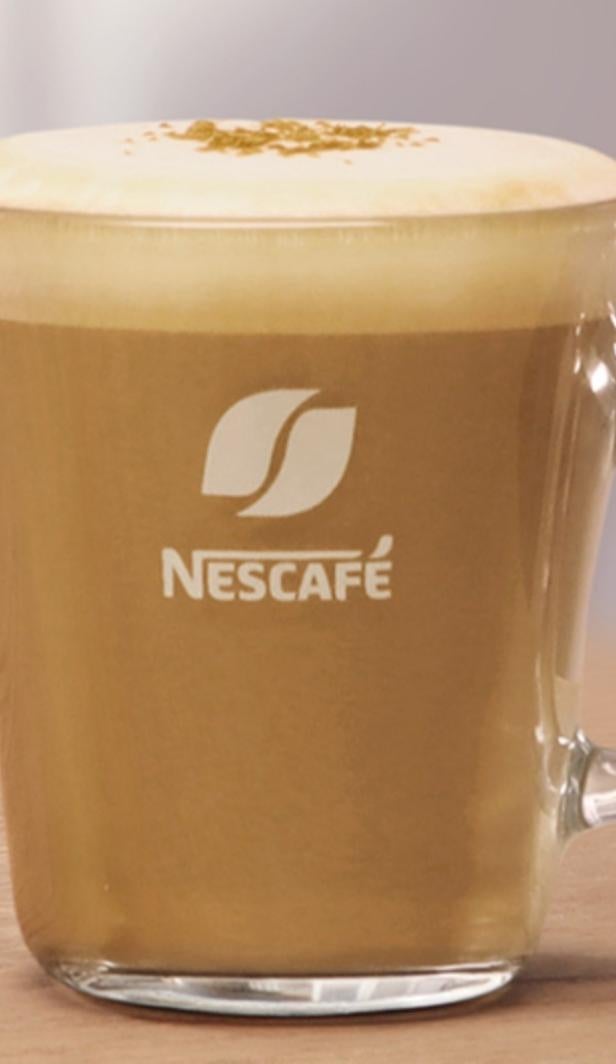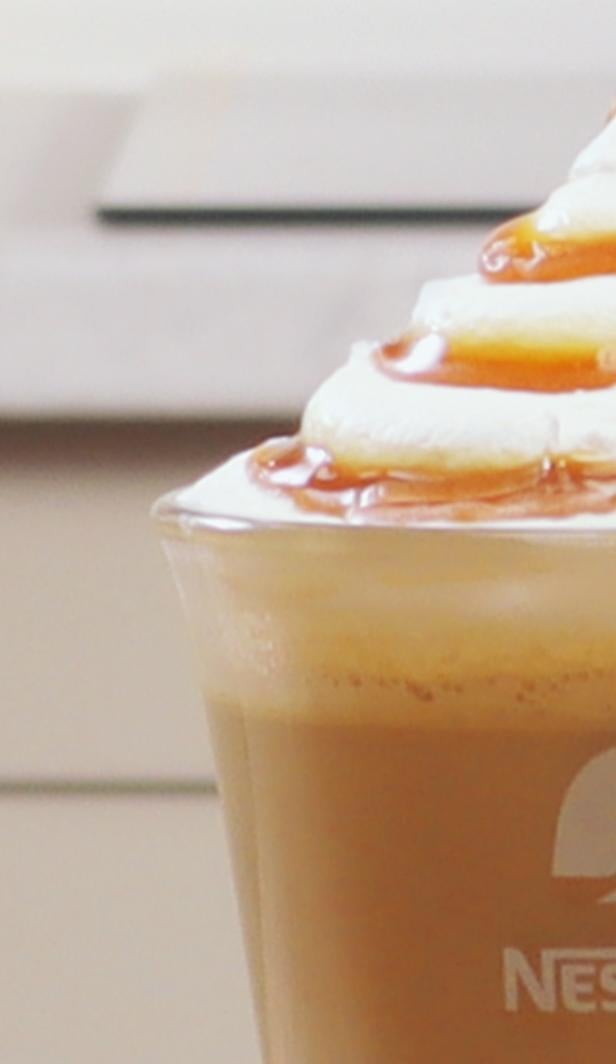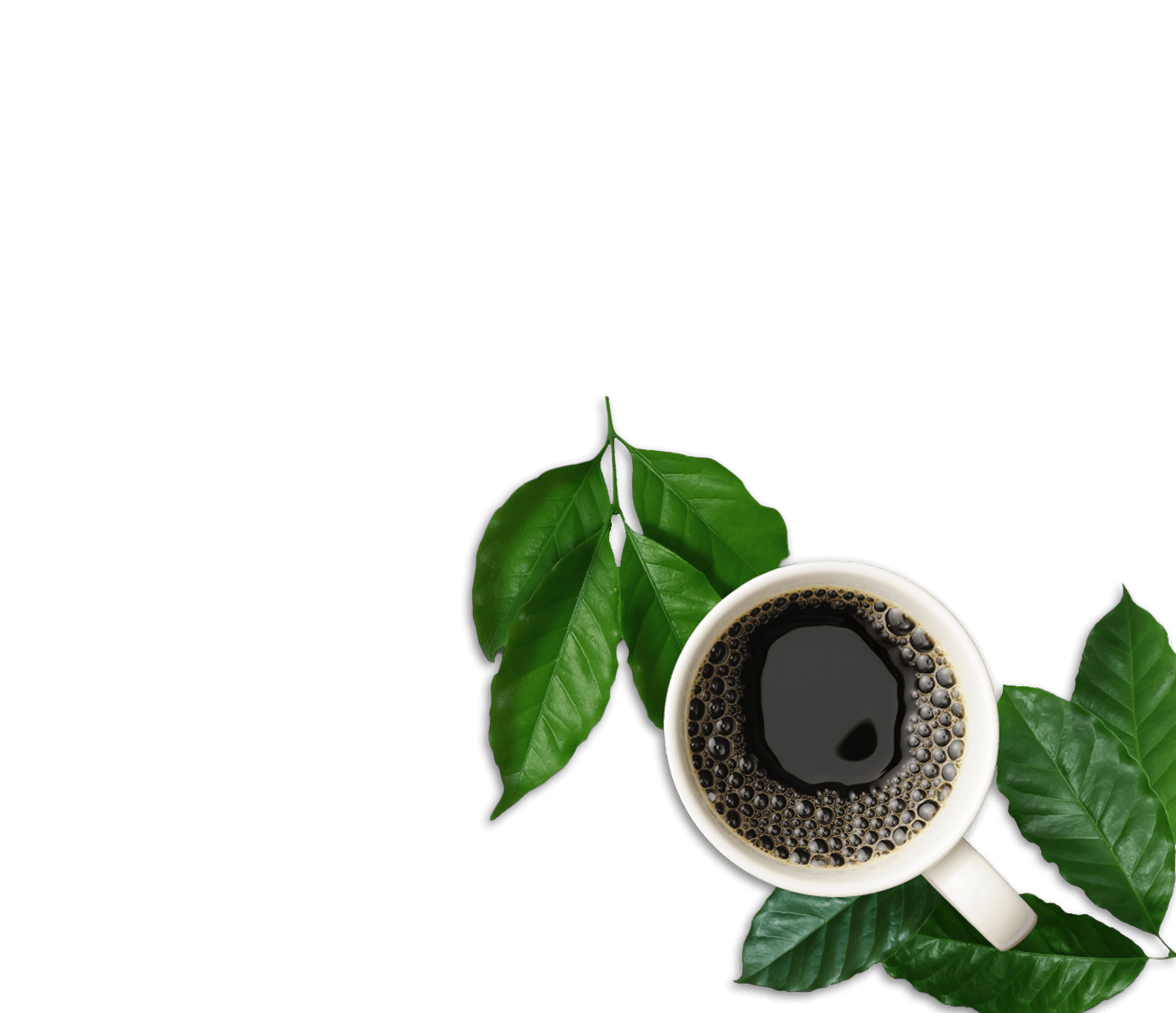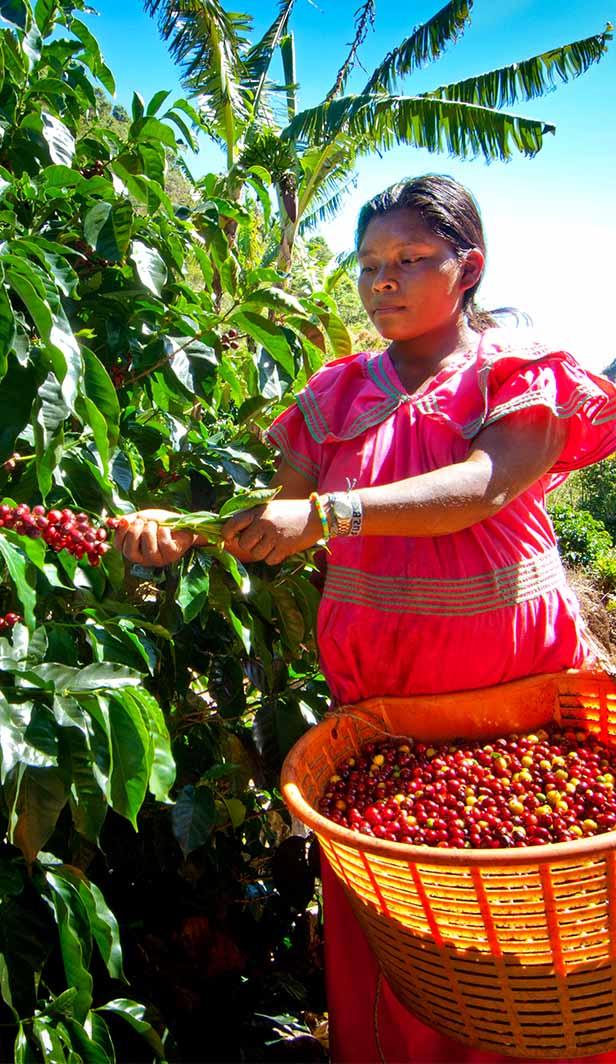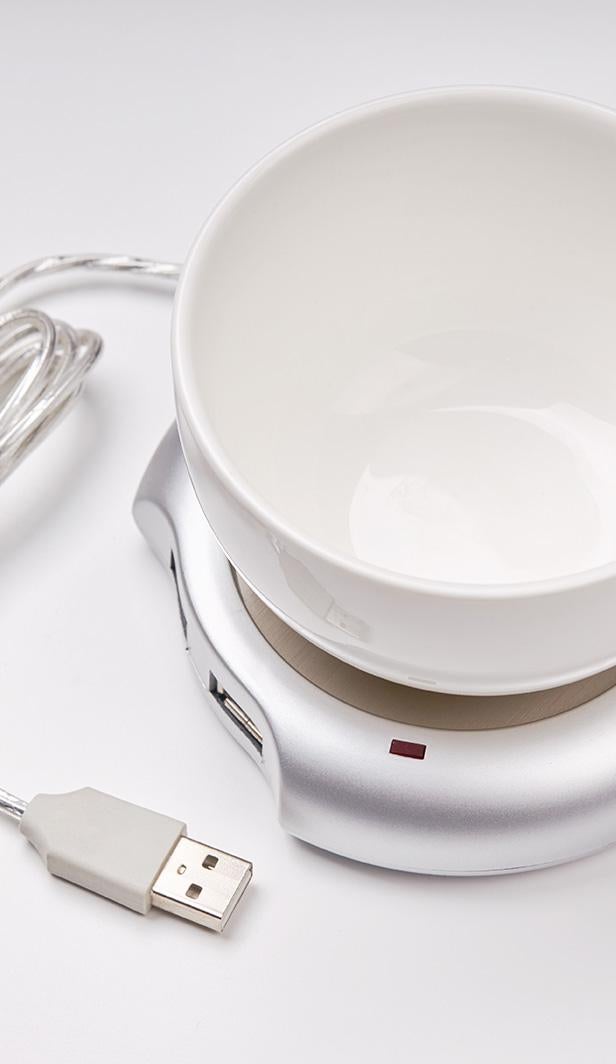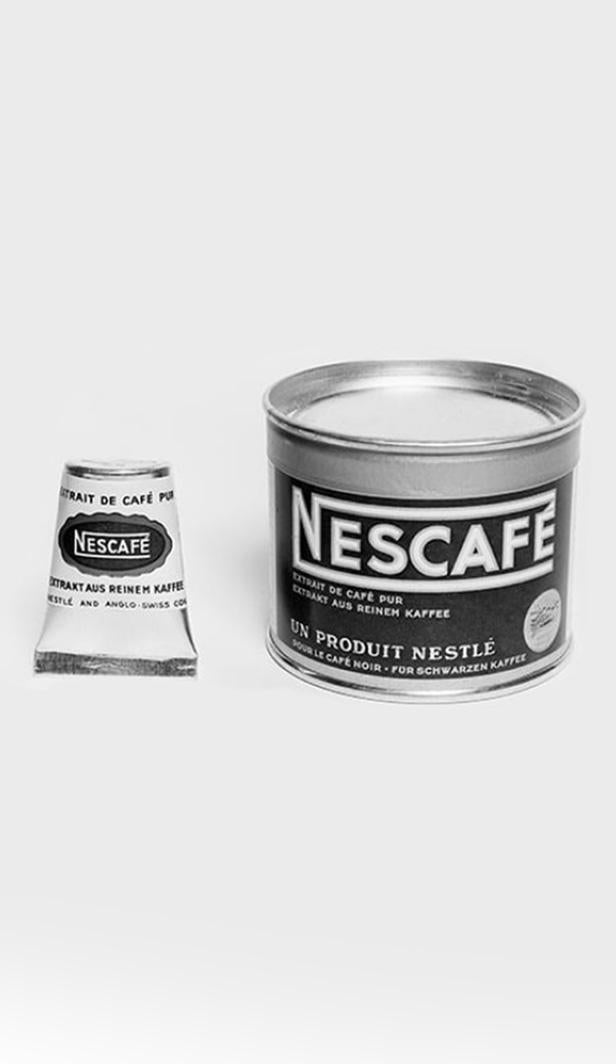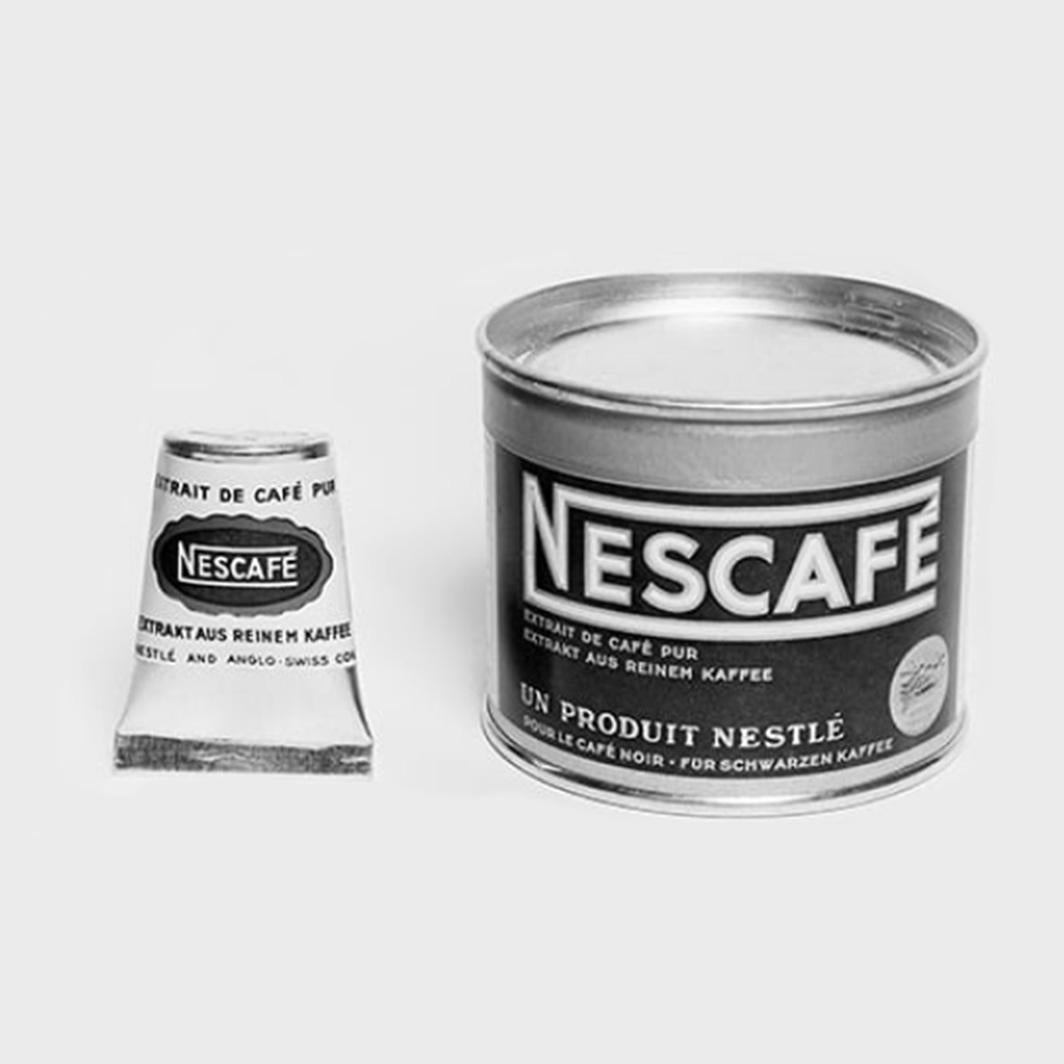Regenerative Agriculture and NESCAFÉ® Coffee
Coffee to be proud of from farm-to-cup
In Australia, our coffees are made from 100% responsibly sourced coffee beans, made possible through supporting better working conditions for farm families and workers, and the promotion of sustainable crop growth.
By 2025, NESCAFÉ® aims to reach this milestone globally. For the sustainability program, having thousands of farms across five continents monitored is quite a big task, however at this scale, doing the right thing can make a world of difference.

Why is soil health important? - The future of coffee is beneath our feet
When it comes to growing coffee, it’s all about the soil. Healthy soil not only helps make farms more productive, it helps to make them more sustainable. Healthy soil can capture carbon, requires less fertilizer, and is more resistant to the impacts of climate change. NESCAFÉ® helps several thousand farmers improve the health of the soil with regenerative agriculture.

Our coffees are made from 100% responsibly sourced coffee beans, made possible through supporting better working conditions for farm families and workers, and the promotion of sustainable crop growth.

Variety makes the farm go round
It takes more than just coffee trees to grow good coffee. Promoting biodiversity is vital for healthy soil. In Thailand and Indonesia, coffee farmers plant betel nuts, peppers, chilies, and avocados. A greater variety of trees attracts a greater number of insects that pollinate fields and support local wildlife.
More shade reduces the need for herbicides and helps enrich the soil's organic matter through the additional leaves that are shed. Trees reduce carbon emissions, control soil erosion, recycle nutrients and protect watersheds. With more crops grown, farmers can sell more products and provide food for local families. This is all made possible thanks to the biodiversity that we encourage in farming practices.

A cup of coffee can change everything
At NESCAFÉ®, we want to be a force for positive change and we're proud to have made significant steps to source responsibly and deforestation-free, increase biodiversity, and improve soil health through regenerative agriculture. Now, when you enjoy NESCAFÉ®, you can feel even better knowing that your cup of coffee is supporting the coffee world a little better.

Today’s community favourites
Discover some of the most enjoyed articles from across the site

Global entrepreneurship programs with NESCAFÉ®
Brewing a better tomorrow
For many, coffee isn’t just a beloved drink, it’s an artform. NESCAFÉ® wants to inspire the creative minds of aspiring young connoisseurs with the training to become professional baristas.
Focusing on Latin American markets, training covers all aspects of running a coffee shop, from basic hygiene rules to machine maintenance, equipment layout, service standards and even etiquette. NESCAFÉ® can help increase their coffee knowledge and help boost their business with new recipes and ideas. With the Nestlé Young Baristas program, NESCAFÉ® can help fuel culture and creativity and help make the coffee world a little brighter.
A brighter future is in your hands
NESCAFÉ® doesn’t just make coffee, it helps to create opportunities. In Cameroon, NESCAFÉ® doesn’t only promote entrepreneurship among the youth it makes NESCAFÉ® products more accessible to consumers.
The “My Own Business” program known locally as, MYOWBU, is a 10-year-old initiative in central and west Africa responsible for creating 135 jobs made up of 124 sales operators and 11 kitchen operators specializing in businesses that sell hot drinks. Open to any young and dynamic Cameroonian aged 18 and up, NESCAFÉ® offers commercial equipment and management tips to kitchen operators. Thanks to MYOWBU, NESCAFÉ® is helping to create opportunities for those with a coffee dream of their own.
With the Nestlé Young Baristas program, NESCAFÉ® can help fuel culture and creativity and help make the coffee world a little brighter.

Waking up dreams in Cameroon
Meet Comfort Dorkutso, a Cameroonian woman who is no stranger to hard work. To help her family, she had to leave school early to find a job. The only position available was as a door-to-door revenue collector.
A difficult job. In 2013, Comfort noticed the Accra coffee vendors walking through a bustling crowd wearing bright red t-shirts and selling NESCAFÉ® to stall owners, pedestrians and even drivers in traffic. She later learned that many of these sellers were independent small business owners and she wanted to do the same. Comfort now earns around 200 CHF per month, can afford to rent a small apartment on her own, and help her family. With NESCAFÉ® as a business, Comfort’s dreams became a reality and hopefully will never stop growing.
Rise and shine in Mexico
NESCAFÉ® knows that even the smallest coffee shop can be a source of good business. In towns and cities across Mexico, small coffee kiosks are an integral part of daily life. NESCAFÉ® will reach out to small coffee shop or kiosk owners and offer to invest in their business and convert it to a NESCAFÉ® site.
By partnering with a trusted global brand like NESCAFÉ®, average sales increased by 170%* in 2022! So far, NESCAFÉ® has helped entrepreneurs in up to 51 stores with plans to scale up in the next few years. It’s just a small way NESCAFÉ® can offer its help.*In 2022, in Mexico, the average throughput per machine in non-cobranded places was 27 cups, while machines in co-branded environments had a throughput of 73 cups.

Today’s community favourites
Discover some of the most enjoyed articles from across the site

NESCAFÉ®'s Journey To a Circular Economy In Coffee Production
Something in the water
Water is one of the world’s most precious natural resources and some of our coffee requires a lot of it to grow. At NESCAFÉ®, we value the water needs of local communities. Today, NESCAFÉ® is helping farmers grow coffee with solutions that aim to protect water resources. In Vietnam, we’ve helped farmers use 50% less water for irrigation than previous official practices, helping maintaining the same productivity, and provided smart weather apps to tell when to turn on the taps and when to turn them off to help conserve water for their villages.
In our nearby coffee factories, we’ve helped to improve water efficiency and saved the equivalent of over thousands Olympic sized swimming pools of water every year. Using less water in coffee production helps improve water conservation in local communities, and support the protection of the water cycle. That’s why NESCAFÉ® aims to continue to help farmers do more with less water.

Like you, we're powered by coffee
The coffee grounds left over from the brewing process that makes your cup of NESCAFÉ® are being used to power the NESCAFÉ® factory in Gympie, Queensland.
The spent coffee grounds fuel a boiler generating the steam needed in the manufacturing process.
The renewable energy that we produce is equivalent to the energy needed to power 10,000 homes (over 40% of the homes in Gympie).
This keeps the spent coffee grounds out of our waste stream, reducing energy used for waste transportation and disposal.

The coffee grounds left over from the brewing process that makes your cup of NESCAFÉ® are being used to power the NESCAFÉ® factory in Gympie, Queensland.

Sustainable coffee calls for sustainable packaging
NESCAFÉ® wants to keep coffee fresh, and our customers informed, while making a positive impact on the planet. NESCAFÉ® aims to provide packaging materials such as jars, cartons, capsules, and sachets that create less packaging waste, following Nestlé's commitment: 95% of our plastic packaging will be designed for recycling by 2025.

Inspiring the world of coffee, one cup at a time
NESCAFÉ® aspires to change in how its coffee is grown, sourced, manufactured, packaged, and consumed. Every time you enjoy your favourite NESCAFÉ®, you are supporting a global initiative to help the environment and inspire others to do the same. Every day, NESCAFÉ® is on a journey towards a circular economy.

Today’s community favourites
Discover some of the most enjoyed articles from across the site

Sustainability Tips
TIP 1: A SMARTER WAY TO TAKEAWAY
Reduce waste and save money by filing a resuable travel mug with your favorite NESCAFÉ® coffee before you leave the house. Treat yourself to a coffee break on the move!

TIP 2: BREW WITHOUT BOILING
The best temperature for NESCAFÉ® is hot, not boiling and we recommend ~80 ºC. It makes for better flavour and uses less energy. Did you know boiling a whole kettle three times a day uses approximately 110kWh of electricity a year?
By heating water to just 80ºC each time, you could save 22kWh each year, enough to power a 50” LED TV for 1,375 hours! Next time you heat water, take it off the boil just as the bubbles appear. It makes a better cup and helps reduce impact on the environment.

TIP 3: A BETTER TOMORROW IS IN YOUR HANDS
It might take a small extra step, but recycling can makes a difference. Did you know that your NESCAFÉ® Blend 43 and NESCAFÉ® Gold glass jars and caps are recyclable?
So, when it comes to recycling, a little really can go a long way. Please check the instructions on each pack for the best ways to recycle your favourite NESCAFÉ® products.

Today’s community favourites
Discover some of the most enjoyed articles from across the site

16 Fun coffee facts to liven up your day
Coffee goes back a really long way
Coffee is thought to date back to 800 A.D., where it was discovered by 9th century goat herders. It was said that they noticed their goats eating the plant and afterwards it appeared like they were ‘dancing’. Fascinated by the results, the goat herder tried them himself and discovered that it made him excitable too.

Coffee is a fruit
Despite it being called a ‘bean’, coffee is actually a fruit. The ‘beans’ grow on a bush and are found in the centre of a berry, known as a coffee cherry.

Whether it helps you make the most of your day, or the perfect excuse to catch up with old friends, coffee plays a small but important part in our everyday lives.
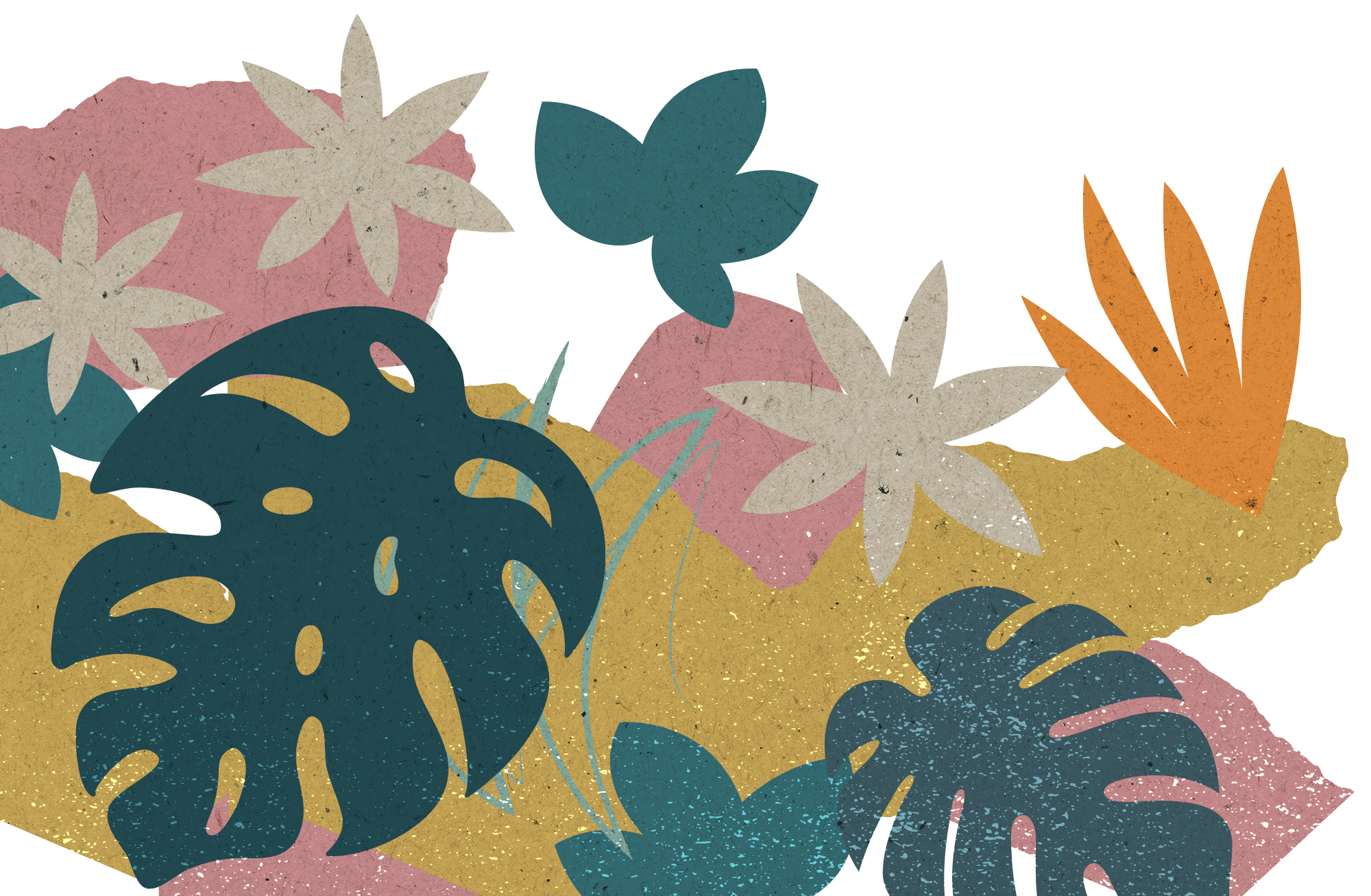
Beethoven loved coffee
This may surprise you, but infamous composer, Beethoven, loved coffee! He was apparently quite obsessive about it, using precisely 60 beans per cup and would spend time counting out each and every bean.

Brazil grows the most coffee in the world
It’s widely known that Brazil is one of the biggest coffee hotspots, but did you know it’s responsible for around a third of all the coffee in the world? Brazil is the number one coffee producer, followed by Vietnam and Colombia.

Finland consumes the most coffee in the world
Where Brazil may grow the most, Finland drinks the most coffee! On average they drink 12kg per person, per year which works out to an impressive 1,680 cups on average each a year. Now how’s that for a coffee fact?

Coffee wasn’t always enjoyed with breakfast
Despite coffee being known as one of the most popular drinks to have with breakfast (followed by tea), prior to the 18th century, beer was actually enjoyed with the first meal of the day!

Coffee helped Brazil go to the Olympics
In 1932, the Brazilian government didn’t have enough money to send their athletes to the Olympics, so they funded the trip by selling coffee. They loaded up a ship of coffee beans, hoping to sell it to California on their way. We love this heart-warming coffee fact!

Coffee wasn’t always for drinking
Before coffee was discovered to be a delicious beverage, it was actually a food. East African tribes would grind the berries and mix them with animal fat to eat.

There are two different types of coffee bean
Two types of coffee bean are used for drinking; Robusta and Arabica. Arabica has lower acidity and smoother taste, whereas Robusta is more acidic and bitter.

Decaf doesn’t mean no caffeine
For a coffee to be classed as decaf, it needs to have less than 0.3% caffeine.

The decaffeination process helps to create our favourite soft drinks
Once caffeine has been removed (for decaf coffee), the caffeine will usually be sold to soft drink or pharmaceutical companies.

NESCAFÉ® produced the first instant coffee
We’re quite proud of this coffee history fact because it was us who created the first successful instant coffee blend! The story goes all the way back to 1929 when Brazil was looking for a solution to help with the coffee surplus in the country. After which, years of careful research led to the development of the NESCAFÉ® brand. Find out more about the history NESCAFÉ® here.

Coffee was once banned
Coffee wasn’t always as loved as it is today. In the 18th century, governments tried to ban the beverage because it was thought to stimulate radical thinking. Our favourite drink was actually banned in Sweden for a while in 1746, along with anything related to it – including cups and saucers!

The most expensive coffee in the world costs $600 per pound
Kopi Luwak is the most expensive coffee in the world, and as of 2019, it cost $600 per pound. Native to Indonesia, the coffee is roasted after being eaten, digested and expelled by the Palm Civet. It’s said that they only eat the very best, sweetest and freshest coffee cherries and when ingested, it’s naturally fermented, giving it a distinctive flavour. Would you try a cup of Kopi Luwak?

The largest cup of coffee in the world was over 26,000 litres
Yes, you heard right! The largest cup of coffee ever made was 26,939.22 litres. The brew made in Mexico, on 10 December 2022, took 300 kg of coffee and currently holds the Guinness World Record.

Australians love coffee
Australia drinks around 15.4 cups of coffee on average per week.

Today’s community favourites
Discover some of the most enjoyed articles from across the site

The More We Know The Better We Are
A recipe for positive change
Every good recipe requires care, attention, and accurate measurements. Measuring NESCAFÉ®’s impact on the ground starts with assessing net farm income and measuring farmer livelihoods from coffee and other crops. Next, comes a measure of our impact on farming families. Finally, aspects like soil health, biodiversity and water are measured to track the carbon reduction.
This helps NESCAFÉ® to work closely with farmer groups to get their perspective, understand their challenges and work to develop practical solutions to help create sustainable and regenerative benefits that aim to improve livelihoods, and natural resources.
The more we know, the better we are
No matter how much good you think you’re doing, you can’t say for sure without solid data. Our close partnership with the Rainforest Alliance helps NESCAFÉ® assess all the field programs around the world with visible results. Having this knowledge lets us share, evaluate, improve, and adapt our activities with the aim to bring long-term benefits to hundred thousands of coffee farmers.

NESCAFÉ® provided 37 million leaf rust resistant coffee plantlets to over 33,000 coffee farmers facing a major outbreak. Our data identified which varieties were working with a 93% survival rate and 50% rise in productivity.

Earning 5 stars in mexico
Through monitoring and evaluation, NESCAFÉ® did more than mitigate the impact of a leaf rust crisis in Mexico in 2014. We then spoke to farmers to learn what else we could do. NESCAFÉ® provided 37 million leaf rust resistant coffee plantlets to over 33,000 coffee farmers facing a major outbreak.
Our data identified which varieties were working with a 93% survival rate and 50% rise in productivity. Afterwards, NESCAFÉ®’s team managers provided field training and more investment in farm labour. After all, it takes good data and good conversations to make a lasting positive impact.
Hitting the books in Vietnam
To effectively solve a problem, a thorough understanding of its nature is essential. In Vietnam, NESCAFÉ® sought to enhance the livelihoods and productivity of economically vulnerable coffee farmers grappling with high production costs, inefficient irrigation, and dependence on a single crop.
To support, NESCAFÉ® provided 9 million plantlets to over 14,000 farmers, which increased yields. We also delivered training on agricultural practices such as intercropping, and imparted financial literacy and record-keeping skills. By 2020, 89% of farmers in the NESCAFÉ® field program maintained financial records, which proved beneficial.By adopting better records and using high-yielding plantlets, farmers were able to invest in their fields, improve irrigation management, diversify their crops, and increase productivity, leading to higher incomes. It's remarkable how becoming more effectively organised can make such a significant difference.
Today’s community favourites
Discover some of the most enjoyed articles from across the site

NESCAFÉ® coffee culture
What's popular
See what’s trending in your part of the world



You may also like
Recipes to keep your warm you up this winter
10 uplifting benefits of coffee
Awakens your mind
Coffee is rich in caffeine, which is the is the component of coffee that stimulates and activates our bodies and minds. It helps to improve some cognitive functions and memory. Caffeine also helps you to stay focused, energised, and alert - whether you enjoy your coffee black or with milk.

Rich in antioxidants
One of the greatest benefits of coffee is that it's rich in antioxidants, especially in green coffee beans. Every cup of NESCAFÉ® coffee carries these antioxidants, and is especially high in polyphenols, which work together with other minerals to help your body and cells function optimally, preventing disease, and maintaining good health in general.

Coffee has a wide range of health benefits, but this list would be incomplete without mentioning just how good it feels to sit back, relax, and drink a hot, rich cup of coffee.

Helps protect against headaches
Caffeine is a natural vasodilator, which means it helps to decrease blood pressure by preventing the muscles in your veins from tightening up and getting narrower. People who suffer from headaches could benefit from coffee, especially if they add some milk. It’s important to not overdo it – even 3 cups of coffee a day could be too much, and it could easily become a trigger for headaches and migraines.

Keeps you refreshed and alert
If you are very active - whether you just enjoy regular exercise for fitness reasons or if you’re a professional athlete - you will benefit from drinking coffee due to the caffeine content in every cup. It helps to improve physical performance by helping your body lower the effects of fatigue, improving focus and staying alert.

Contributes to weight loss
Caffeine has long been known to assist with weight loss, often used in various compounds, creams, and other products. Caffeine speeds up a process in the body called ‘thermogenesis’, which is how the body naturally burns fat. Interestingly enough, black coffee benefits the body more than milky coffee, which might be due to the fat content in the milk or added sugar, which is a known contributor to weight gain. However, coffee shouldn't be used alone in an attempt to lose weight - it's best to combine your daily coffee with regular exercise, a healthy, nutritional diet, and plenty of water. In fact, coffee can actually cause your body to retain water, which is one of the contributing factors to weight gain. A moderate amount of coffee every day will help you get the best out of your favourite drink.

Can protect against cancer, stroke and coronary diseases
A large study done in 2018 by the National Cancer Institute of the United State showed a correlation between a higher consumption coffee and a lower mortality rate from cancer, strokes, and heart diseases. While the results cannot be seen as definitive, it’s interesting to consider the possibilities of what other benefits coffee could have on our overall health!

Combats Alzheimer's and Parkinson's
The relationship between drinking coffee and neurodegenerative diseases such as these has been studied for years. It's very possible that regularly consuming coffee could reduce the likelihood of these diseases occurring in the future.

Reduces the risk of Type 2 Diabetes
Drinking a maximum of 3 or 4 cups of coffee a day could reduce your chance of suffering from Type 2 Diabetes by as much as 25%. It’s not entirely clear how it lowers the chances of the disease, but coffee is rich in antioxidants, has anti-inflammatory properties, and impacts the process in the body that burns fat.

Today’s community favourites
Discover some of the most enjoyed articles from across the site

Non-Dairy Guide
Oat-based drinks
GOOD TO KNOW...
A favourite alternative to milk. They often have a full-bodied consistency that can help create a rich and satisfying drink.
HOW DO THEY TASTE?
Because oats themselves have a mild taste, oat-based drinks shouldn’t change the flavour of your coffee that much.
HOW ARE THEY MADE?
Usually, they’re made from oats that have been roasted at low temperatures to add flavour. That’s really similar to coffee-roasting: using heat to release flavours that would otherwise be hidden. After water is added to the roasted oats, it is then filtered to create the final drink.

Soya-based drinks
GOOD TO KNOW...
These have been available for many years, but they need to be treated with a bit of care. Soya drinks can separate when added to the hot coffee. That’s why experienced baristas pay particular attention to the temperature of the soya drink when they’re adding it to the coffee.
HOW DO THEY TASTE?
It really depends on which one you choose. Soya drinks can make your coffee taste a bit “beany”, but they usually give coffee a nice, smooth consistency. Some baristas say that the soya flavour complements South American coffees but can be too powerful for the fruity notes of African beans.
HOW ARE THEY MADE?
They’re made from soya beans, which are usually soaked, ground, boiled and filtered. The different brands of soya drink are made using slightly different techniques, which is why there are drinks that range from thin and watery to thick and creamy.

When choosing a non-dairy milk for your coffee, remember that some are sweet, others are bitter or have other strong flavours. Also, each plant or nut-based drink has its own unique texture.

Coconut-based drinks
GOOD TO KNOW...
Coconuts have quite a sweet taste, so these drinks are sometimes blended with other non-dairy alternatives so that they appeal to as many people as possible.
HOW DO THEY TASTE?
Coconut drinks can make your coffee taste sweet, so you might want to test a few different types to find the one that truly tickles your taste buds.
HOW ARE THEY MADE?
They’re made from the white flesh of the coconut, which is usually grated, boiled or simmered, then filtered through cheesecloth. The drinks themselves can be thick or thin, depending on the exact technique and recipe.

Almond-based drinks
GOOD TO KNOW...
Almonds keep a lot of their distinctive nutty flavour, so an almond drink might work well for you if you’re happy to change the character of your coffee. Try an almond alternative for yourself: it might just give your coffee a completely new deliciousness.
HOW DO THEY TASTE?
Almond drinks are now a big favourite in barista-run cafés. Some people say they can make coffee taste a little bitter, so it’s a good idea to experiment with different almond drinks to find the one you like.
HOW ARE THEY MADE?
The makers of almond drinks all follow their own unique processes and ingredients, but the basic method is to soak almonds in water, then filter the results to create the final drink.

Rice-based drinks
GOOD TO KNOW...
Some people say that rice-based drinks can be a bit watery, but that might be exactly what you’re looking for. Everyone’s tastes are different, so why not give them a try?
HOW DO THEY TASTE?
Rice-based drinks don’t have much flavour, so they shouldn’t change the taste of your coffee much. However, they’re not very creamy, so the texture of your coffee perhaps won’t feel as luxurious.
HOW ARE THEY MADE?
They’re usually made from brown rice, which is milled, diluted with water and then filtered.

Find your favourite plant-based drink
There’s such a huge variety of non-dairy drinks, one of them is sure to be right for you. It might just take some experimenting to narrow down your favourite!
If you like...
- Neutral-tasting coffee: try oat-based drinks, as they really can taste similar to milk.
- Highly flavoured coffee: give almond-based drinks a go. You can use the almond flavour to create your very own nut-inspired taste
- Lovely thick foam: go for almond- and oat-based drinks. Their particular blend of plant proteins builds a strong foam that’s great for latte art.

Which is best for latte art?
Traditionally, the foam that baristas create comes from the proteins in dairy milk. So, if you use a plant-based drink instead, the results will usually be different. Baristas definitely prefer almond and oat drinks. But take your time to experiment. If you’re going to make latte art at home, we recommend trying several different drinks to find the one that foams best using your equipment.
Whatever your reason for choosing plant-based alternatives, there’s a world of inspiring alternatives to help make your coffee your own. Want to learn more? Try these 6 plant-based alternatives for coffee.

Today’s community favourites
Discover some of the most enjoyed articles from across the site



